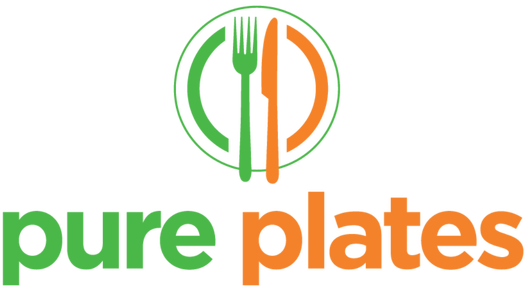What Your Urine Color Says About Your Health
Did you know the color of your urine can tell you a lot about your health? The color of our urine can give us some handy clues about how hydrated we are, but can also change depending on medications we are on, the foods we’ve eaten, or certain medical conditions we might have. As the concentration of our urine increases, the yellow color gets darker. This means there is a higher proportion of waste products to water being excreted when we use the bathroom. Drinking lots of water can help reduce the concentration of our urine, leading to a lighter color. So how do I know what’s normal and what’s not? Let’s get into what the different colors of our urine tell us about our health!

Amber or honey-colored
Amber or honey-colored urine is a sign that we’re dehydrated. This could look like the color of urine the first time you use the restroom after waking up, but throughout the day you should be drinking sufficient water to make this color less dark.
Dark yellow
Again, a sign that we need more water. Dark yellow urine is normal, but is a sign from your body that it’s wanting a few more sips of water.
Transparent yellow
This is the gold-spot (pun intended) for urine color. Transparent or light yellow urine means you are adequately hydrated and have healthy urine. Congrats!

Clear
Clear urine indicates that you are very hydrated - so much so, that you may consider cutting back on your water intake unless you are being physically active or are in a hot environment. Hydration is great, but it is possible to over-do it and cause some issues.
Syrupy or brown
Usually a sign of severe dehydration, dark brown or syrup-colored urine can also be a sign of a larger issue. Brown urine can be a sign of liver disease, so if your urine stays this color for multiple days at a time, consult your doctor. Brown urine may also be caused by some medications or a rare blood disorder called porphyria.

Pink to almost red
Having pink or reddish urine may be alarming, but think back to the last day or so - have you eaten a lot of blueberries, beets, or rhubarb? If so, you’re probably alright and your urine will return to normal soon. If not, this urine color may be caused by blood in the urine and indicate issues with your kidneys. Kidney disease, kidney stones, tumors in the kidneys, urinary tract infections, and prostate issues can all cause pink to reddish urine.
Orange
Orange urine may be caused by a variety of factors. It may be a sign you’re very dehydrated. Orange urine accompanied by light colored stool may mean you have a problem with your liver or bile ducts. If it doesn’t clear up soon, contact your doctor.
Blue or green
We know, you’re probably chuckling at the idea of blue or green urine right now, but it can happen! Rare genetic diseases and certain bacteria in the urinary tract can cause urine to be this color. Or most likely, you just ate something with some blue food coloring recently.
Cloudy urine
Cloudy urine can be caused by urinary tract infections or kidney stones. It can also be seen in dehydrated urine. Drink a lot of water and if it doesn’t clear up, consider contacting your doctor.
What about smell?
Urine usually doesn’t have a strong smell, unless we are dehydrated. Certain foods, like asparagus and coffee, can lead to stronger smelling urine, but will quickly go away. Taking B vitamins has been known to cause strong smelling and dark urine. Urinary tract infections, diabetes, and kidney problems can also contribute to different-smelling urine.

As we can see, our urine tells us a lot about what is going on with our bodies. Chances are, your urine is pretty normal day-to-day. However, if you notice any changes that persist, consider contacting your doctor. If you notice blood in your urine and you are not menstruating, contact your doctor immediately, as this may be indicative of a serious problem. And during your next doctor's visit, be sure to give a urine sample if they ask for it! This analysis can tell us even more about our health than what we can see with the naked eye.

Did you know that food can contribute to your water intake? We recommend foods like fruit, vegetables, yogurts, or soups to add onto your daily water consumption! Eating healthy with Pure Plates can help you to do so - we’re currently loving the yogurt parfaits and other nourishing snacks that prevent dehydration and hunger! Take a look at the chart below to help you to better understand your urine color!
*Credit to http://heathjade.com/ for this photo.

